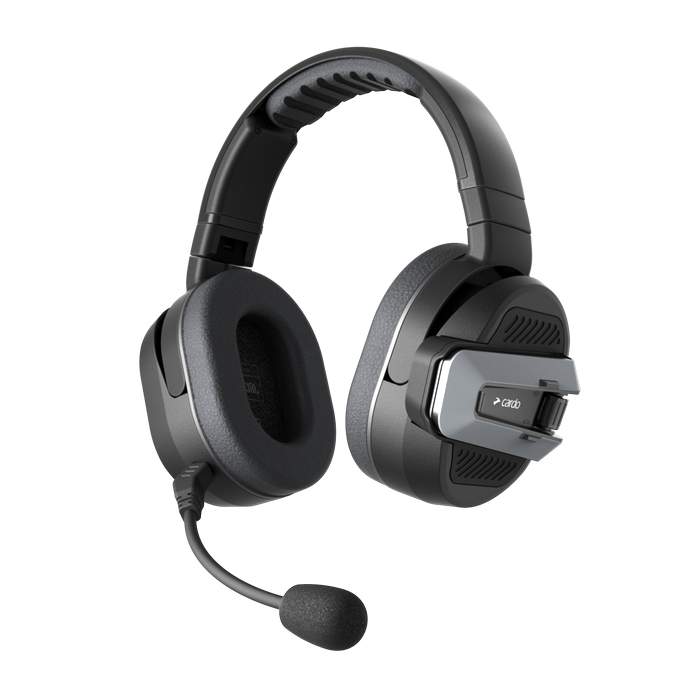1. Safety First
Leaving the road behind can make for a bumpy ride. Most off-road vehicles don’t come with the same level of protection as traditional cars. There aren’t any seat belts to catch you if you get into an accident. Make sure everyone is wearing a full-face or half-face helmet with goggles. The helmet enclosure will also provide some much-needed insulation when the temperature drops.
Use Off-Road Communication to Stay Safe on Icy Terrains
2. Dress Warm
Everyone needs to wear multiple layers to stay warm in the cold. Expect it to be anywhere from -3 to +3°C in the winter and +8 to +15°C in the summer. The outermost layers should be completely waterproof to keep the moisture out of your clothing. Consider adding a layer of wind protection to keep up your core body temperature. The innermost layer should dry quickly when wet in case of perspiration, so use a wool, polyester or synthetic undershirt.
3. Utilize Helmet Communication
You should be able to coordinate with the rest of your group when exploring the frosty tundra. Bad weather and the changing landscape can easily derail your plans for adventure. Use ATV helmet communication to wirelessly connect to the other people in your group to keep everyone on the same page. You can also use it to connect to other passengers when driving a UTV. This device fits onto your helmet without blocking your view of the trail. Just speak into the device to carry on a conversation as if you were in person.

Source: Nikola Stanisic/Shutterstock.com
You can also pair your off-road communication device with your phone or GPS to keep track of important information, including the latest weather forecast and a map of the surrounding area.
4. Stay Organized
You’re bound to need a lot of gear on your trip, but you don’t want to overwhelm yourself with too much stuff. You need to strike the right balance between staying prepared and staying mobile. Try to condense everything you need into a single waterproof duffel or travel bag that can fit on the vehicle or on your person if you plan on exploring on foot.
The Iceland scenery is changing fast due to climate change. Glaciers are filling the landscape with higher water levels, so it’s best to be prepared for the unexpected. The water will quickly melt when it gets too warm, turning a once-frozen ravine into a rushing river. You might have to completely submerge your body or belongings in water to get across. Consider holding your bag over your head or using one that’s completely immune to moisture.
A slip or fall can also leave you injured in the middle of nowhere. Make sure you can locate potentially lifesaving equipment in your bag in just a few seconds or less when time is of the essence.
5. Plan Out Your Route
It’s best to have a set destination in mind when exploring the frosty terrain. Coordinate with local park rangers and those who survey the land regularly to get an idea of what to expect along the way. Some routes may be impassable as time goes on, and certain areas are only accessible during certain times of the year. Figure out where you’re going and how you plan to get there to avoid running into obstacles. Bad weather and the unpredictable landscape can also throw off your plans at a moment’s notice, so come up with a backup route in case the going gets rough.

Source: ginger_polina_bublik/Shutterstock.com
Iceland is a place many people only dream of visiting. It’s sure to captivate you unlike any other place in the world. But you need plenty of equipment and the right off-road vehicle to see it up close and in person. Keep these off-roading tips in mind when visiting Iceland to make it a trip you will never forget.









